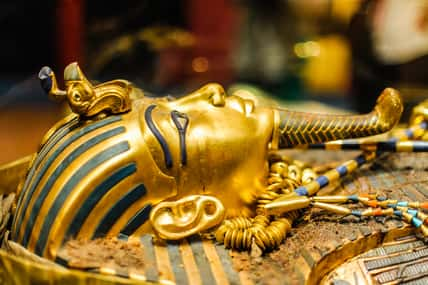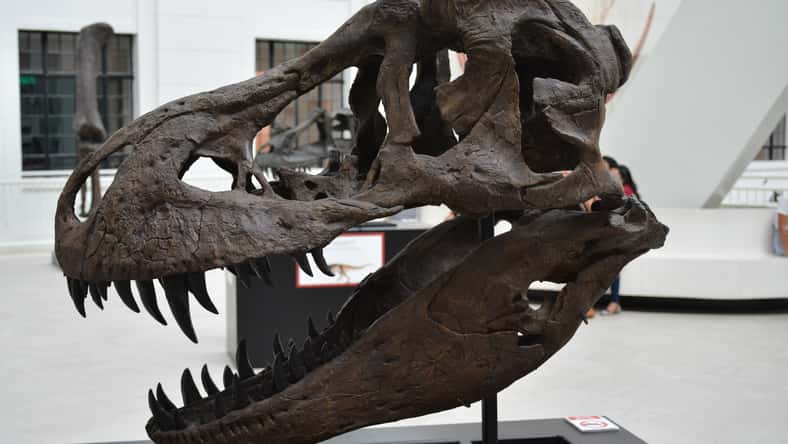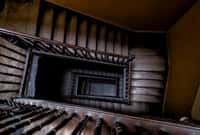
In England, a leather suitcase belonging to archaeologist Howard Carter has been rediscovered. Carter was the man who found King Tut’s tomb. The luggage contained a guidebook from 1890.
It was recently sold at auction, where it was estimated to fetch up to $1,900. However, it actually sold for $15,000, much more than its presale estimate.
During the 1920s and ’30s, Carter used the suitcase in Egypt before giving it to a fellow researcher named John Healey.
The suitcase was marked with the initials “HC.” Eventually, it ended up under a bed in the home of Healey’s son, Derek, who lives in Bishop Auckland, a town in northeast England.
He wanted to sell the luggage, so he reached out to David Harper, an antiques expert who is often featured in history programs on TV.
“The case certainly would not have just carried clothes,” Harper said. “It would have carried important documents, papers, and, crucially, artifacts.”
Carter made the massive discovery of King Tut’s tomb in 1922. He and his team were conducting excavations in Egypt’s Valley of the Kings when they came across the four-chamber tomb.
The pharaoh Tutankhamun ruled Egypt from around 1333 to 1324 B.C.E. during the New Kingdom’s 18th Dynasty.
“At first, I could see nothing, the hot air escaping from the chamber causing the candle flame to flicker, but presently, as my eyes grew accustomed to the lights, details of the room within emerged slowly from the mist, strange animals, statues, and gold—everywhere the glint of gold,” Carter wrote.

Sign up for Chip Chick’s newsletter and get stories like this delivered to your inbox.
The tomb of Tutankhamun was filled with precious items, including furniture, chariots, and alabaster vessels. His mummy had been laid to rest in multiple layers of nested coffins.
The innermost coffin was made entirely of solid gold. Carter was quickly launched into fame as a renowned archaeologist.
It took 10 years to clear out Tutankhamun’s tomb. During the 1930s, Carter and Healey became close in Egypt. At the time, Healey was living in Luxor and working as an archaeologist for the University of Chicago’s Oriental Institute. In 1939, when Carter left Egypt for the last time, he gave his monogrammed suitcase to Healey.
Healey used the suitcase for his own trips between England and Egypt. Carter also left a copy of The Nile, Notes for Travelers in Egypt, a guidebook published in 1890.
It is being sold along with the luggage. The suitcase was likely ordered in the 1920s. It was designed for frequent travel.
“A tatty 1920s suitcase is worth [$63], but it is the initials on the lid that make it extraordinary,” Harper said. “If it sells for [$6,300], I wouldn’t be surprised. There will be some people who will just have to own it, no matter the price.”












